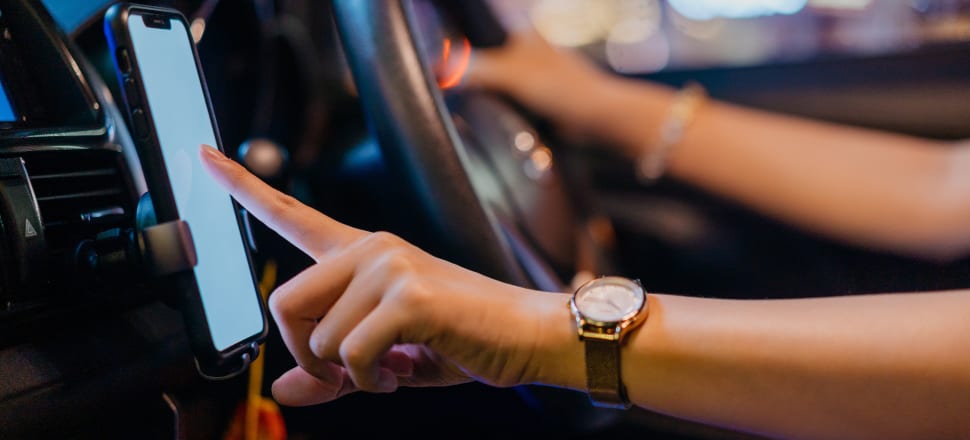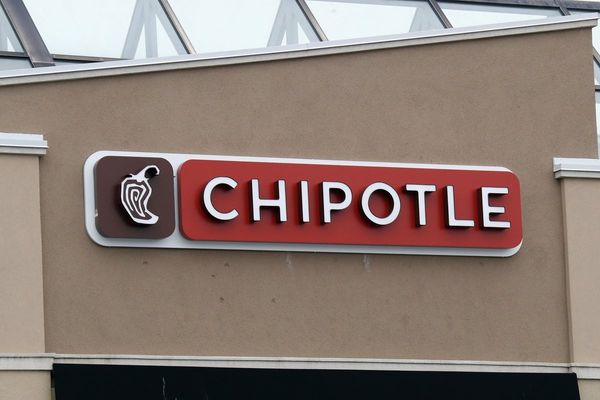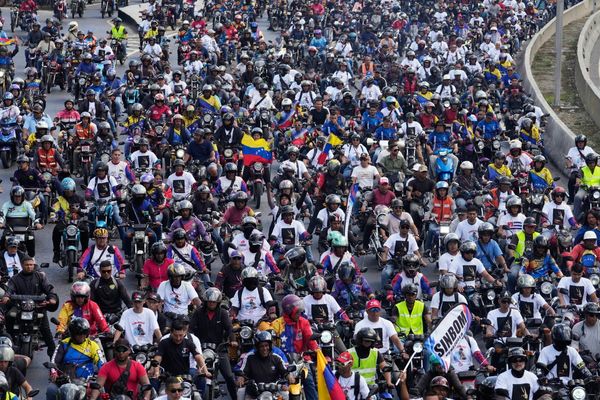
A union leader wants thousands of Uber drivers to mount backpay claims following a major Employment Court ruling that four drivers were employees of the rideshare company
In a landmark ruling that four Uber drivers were employees and not – as the global ridesharing company claimed – self-employed contractors, chief Employment Court judge Christina Inglis has thrown the gate open for other drivers to seek the protections of employment law.
First Union – one of two union plaintiffs in the case, alongside E tū – has called on thousands of other current and former rideshare drivers to march through that gate to claim backpay and holiday pay, and to start unionising for better conditions.
Yesterday’s ruling followed a three-week hearing in June, in which the four former and current drivers sought to be classified as employees under section 6 of the Employment Relations Act. They argued that Uber’s misclassification of them as contractors denied them the minimum wage, holiday pay, protection from unjust dismissal, KiwiSaver contributions, and the right to unionise and collectively bargain.
Chief judge Inglis described employment status as the “gate” through which a worker must pass before being able to access that suite of provisions.
“The width between the gate posts has always been important, but it is fair to say that it has assumed increased importance in light of the growing fragmentation, casualisation and globalisation of work and workforces in New Zealand,” she wrote, citing the observation of legal academics Gordon Anderson and Dawn Duncan that platform companies (like Uber) go to “considerable lengths” to set up structures that allow them to claim they are not employers and that workers are not entitled to employment protections.
Uber insisted it was a mere “facilitator” in the market, efficiently connecting drivers with riders via its smartphone app. It said drivers were free to choose when and for how long they drove, they could charge lower fares than Uber’s rate (a freedom that was said to indicate independence), and could operate other businesses including driving for competing rideshare outfits.
But Judge Inglis said the claim that it was merely a facilitator was “not supported by the evidence”, and that none of these aspects of the company’s business model shut the gate on employment status.
Instead, the key issues to be worked through in making her determination were: the nature of Uber’s business and its impact on drivers; the question of who benefited from drivers’ work; who exercised control over that work; the intention of the parties; and the extent to which drivers were integrated into Uber’s business.
Each of these factors went to consideration of the “real nature” of the relationship between Uber and the drivers, as required by Parliament under the Employment Relations Act.
Under each of those headings, the evidence pointed to a high level of control by Uber over the drivers.
“In summary, the evidence reflected that each of the plaintiff drivers was in a relationship with Uber characterised by a significant degree of subordination and dependency. Uber exerted strict control, and effectively managed the way in which and when work was done, through various performance management processes and techniques, and via the tight restrictions placed on communications drivers can have with riders.”
Uber set the fares, and drivers had no say. It could change fares or Uber Eats fee calculations “at any time and in its sole discretion”. It could review or cancel a fare and make refunds to customers.
Uber dictated the terms of the contract with drivers, who had no input. Documentation “was effectively presented on a take-it-or-leave-it basis. The contracts are dense, long, riddled with legalese and typed in small font”, wrote chief judge Inglis. “[T]he way it is drafted and the way in which it was presented to the plaintiff drivers as a fait accompli with no realistic opportunity to negotiate the terms and conditions under which they were expected to work, graphically reinforces the imbalance of bargaining power between the parties, and the subordinate position of the plaintiff drivers.”
Uber could change the contract, in which case drivers were sent the new terms on their smart phones. If they wanted to carry on driving they had to press ‘accept’.
Judge Inglis said Uber also exercised “significant control” through its reward schemes, by incentivising drivers to accept rides and work during peak times, and by withholding rewards if drivers didn’t maintain a certain level of rating. Only the top tier of drivers – so-called Diamond level – got to see where a passenger wanted to go (and therefore whether it was financially worthwhile for the driver) before they picked the person up.
“Uber was able to exercise significant control because of the subordinate position each of the plaintiff drivers was in and which its operating model was designed to facilitate and did facilitate.”
There was no ability for drivers to build their own business through entrepreneurial skill; the only way to make more money was to drive longer hours. They were barred from having any ongoing relationship with passengers. Even if a passenger soiled their car, drivers had to deal with Uber to try and get compensation for the cost of cleaning.
Although Judge Inglis stressed the decision related only to the four drivers at the centre of the case – Mea’ole Keil, Julian Ang, Nurredin Abdurahman and Praful “Bill” Rama – she acknowledged the wider implications. “While a declaration [under section 6] attaches to the individual applicant worker, it may well have broader impact, particularly where, as here, there is apparent uniformity in the way in which the companies operate, and the framework under which drivers are engaged.”
Hence, First Union’s Anita Rosenstreter is calling on other drivers to join the union (at a discounted rate) and make backpay claims. “Thousands of current and former Uber drivers around the country could benefit. Anyone who has driven for Uber can make a claim for backpay from the company for lost wages and holiday pay, and going forward, drivers will be able to build a union to improve their working lives together,” she said.
In a written statement released from Australia, Uber said it would file an appeal against the decision, which stands in stark contradiction to a 2020 decision of Employment Court Judge Joanna Holden that former Uber driver Atapattu Arachchige was a contractor, not an employee.
However, the company said Judge Inglis’s ruling “underscores the need for industry-wide minimum standards for on-demand work, while preserving the flexibility and autonomy that drivers tell us is important to them”.
Judge Holden’s ruling was, at the time it was issued, regarded as an outlier in the court’s interpretation of employment status under section 6 of the Employment Relations Act. Gordon Anderson, of Victoria University, told Newsroom that Tuesday's decision was consistent with earlier case law, including the leading case in which the Supreme Court found James Bryson, a former model-maker on The Lord of the Rings films, to be an employee and not a contractor.
Anderson therefore doubts there is much room for Uber to mount an appeal.
As new forms of precarious work proliferate in the economy, Anderson said the decision “sends a signal” to corporations that “dreaming up fancy new methods of work won’t necessarily allow you much success in avoiding the law”.
Julian Ang, one of the four drivers who gave evidence in the case, says at a personal level the ruling means he can “basically get what was owned to me for all the times I wasn’t paid when I should have been paid”.
On the broader issue of labour market structures and decent work, Ang says it is “precedent-setting”. “It basically acknowledges and addresses the wrongs committed in the past with how drivers have been misclassified. Uber and these rideshare platforms have got away for so long with designing systems that skirt around the basic rights of workers. This gives workers finally the opportunity to have that redress and put in place basic safeguards, to plan financially, to make a decent living, and engage in the community, including with other rideshare drivers.”
And Ang says there are “implications for the wider gig economy across a range of sectors, including home support work, cleaning, gardening and so on, to reduce the risk of workers in these industries being ‘Uber-fied’.”
Tuesday’s ruling follows a succession of international cases that have sought to rein in Uber’s use of drivers as contractors to avoid employment law. Most recently, the highest court in Switzerland has ruled drivers were employees; previously courts in the UK, France and the Netherlands (Uber’s home territory) have reached similar conclusions.







